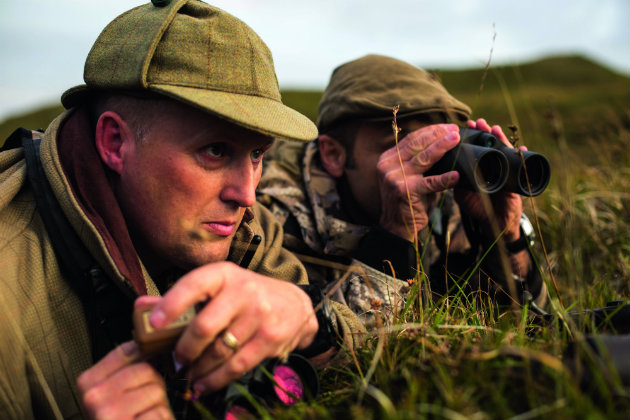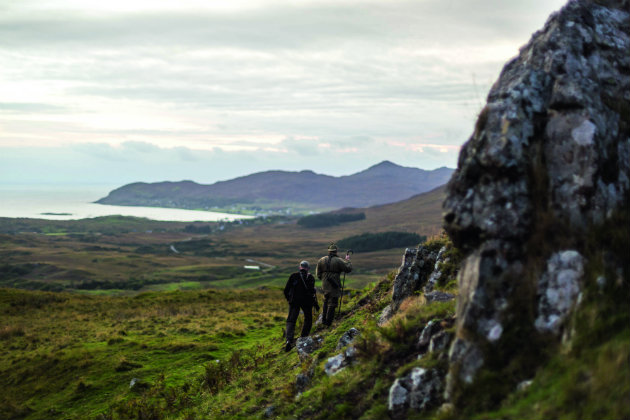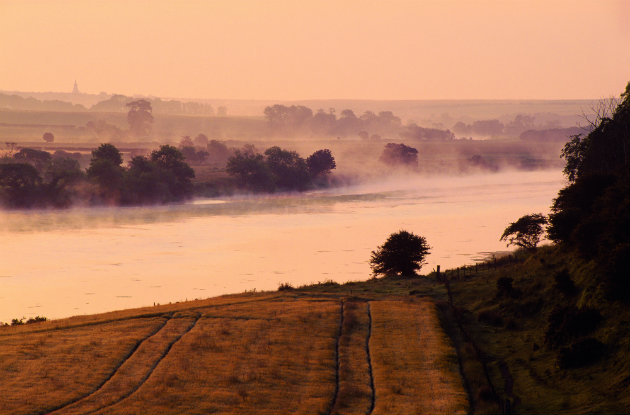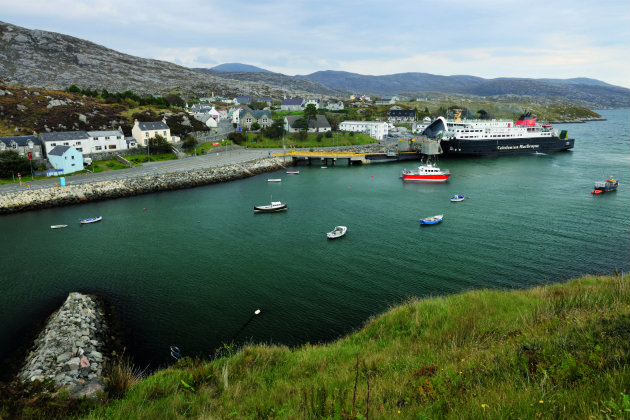Win CENS ProFlex DX5 earplugs worth £1,149 – enter here
Why land reform risks wiping out Scotland’s deer

Scotland’s Parliament has the devolved power to deal with land reform and land ownership, with the path to reform inevitable. But are the current proposals — which include the ending of tax relief for sporting estates and forced sales if owners block economic development — the best way forward for Scotland, one of the world’s premium fieldsports destinations?
Poorly thought-out plan
Niall Rowantree, a born and bred Scot, head stalker and sporting manager at West Highland Hunting — and a member of the Scottish National Party (SNP) — has spent 20 years managing the deer herd on the Ardnamurchan Peninsula. In his opinion, the land reform debate is an opportunity to review what is best for Scotland. However, he believes that a poorly thought-out plan to redistribute land that does not take into account economic and environmental considerations would be disastrous.
“Perhaps part of the issue is that the majority of members of Scottish Parliament represent urban populations,” said Niall. “It’s easy for them to visualise quaint communities with a small-scale ownership mosaic landscape. To link land reform to scale of land ownership is dangerous,
as it depends on the type of land being discussed. For example, if an estate includes areas of blanket peat bog that has a role to play in carbon sequestration, to divide that up is extremely questionable.”
Right the wrongs of the past
Niall believes the reform agenda ties in with the national appetite to right the wrongs of the past and tackle what are seen as social injustices. “The Scottish Highlands had massive depopulation in the past, driven by feudal masters — though not all these were English, many were Scottish,” he explained.

Private interests, many of which are unidentifiable, hold 83.1% of Scotland’s rural land
Today private interests, many unidentifiable, hold 83.1% of Scotland’s rural land. “In a modern democracy this isn’t good enough,” said Niall. “A Highland estate owned by an absentee foreign landlord, who turns up a few weeks of the year to shoot and keeps everyone else off that land, is the worst-case scenario; the land is not benefiting the local community by maximising its social, economic and environmental opportunities. But if you have a forward-thinking landowner, it is different.
Close partnership with the local community
“One of the estates where we manage the natural resources used to employ six people; it now employs 50 and works in close partnership with the local community. The simple question is why a democratic country that allows capitalistic practices should suddenly change the law and target one element of society. Furthermore, Scottish land is not purely owned by wealthy individuals, but by charities, commercial companies and power companies which can make millions on the increase in capital value and on renewable energy interests while local communities see virtually nothing.
“In addition, to think that large-scale sporting estates are vastly profitable is misleading,” Niall continued. “The majority of people who own these types of estates, particularly in the remoter areas, do so at an annual personal cost. Large-scale land ownership with no accountability is wrong. But there is
no problem in a democratic society in allowing wealthy individuals to own extensive tracts of land, provided they deliver the social, economic and environmental benefits that a modern nation would expect.”
For Niall, the most important issue is not who owns the land, but how that land is managed, and he calls for a “safe-ground principle” to ensure it is not destroyed, eroded or devalued. There is a need for owners to provide social, economic and environmental benefits. He would also like the debate to focus on how the buying and selling of Scottish land is open to free-market forces with no safeguards around the number of locals employed, the requirement to use local banks and so on.

The river Tweed runs through some of Scotland’s prime sporting estates
“In Scotland these safeguards aren’t in place, which has created the situation of absentee landlords and some 750,000 acres of Scotland being held by companies based in offshore tax havens — none of which provides benefits to local communities, or to Scotland. I think it fair that this should be reviewed.”
Niall believes that the land reform debate cannot be looked at as a single issue; it draws in many other areas including the Scottish government’s pledge to increase biodiversity and the role of agencies such as the Forestry Commission.
“The vision of the Scottish government and its agencies is to halt the loss of biodiversity and to make society fairer and more inclusive,” said Niall. “However, there are few examples of this being achieved around the world where small- scale subsistence farming cultures exist.”
The Forestry Commission estate in Scotland is one of the best opportunities for community involvement in natural resources management, he said.
“The Forestry Commission spends some £6million a year on deer management and it is doubtful this is the best way to approach the management of a natural resource on public land,” Niall pointed out. “Though this method secures the employment of a number of rangers and contractors, the value of the resource is lost to the local community. This should be replaced with a licensed system that creates community opportunity and income.”
Tax breaks
As to the removal of the tax break for sporting estates, Niall is forthright — but not in the way many would expect.
“The indication is that removing the tax break and administering that will cost as much as it is worth,” he said. “But I have no problem with revocation if it is replaced with natural resources tax paid by any business that uses Scotland’s fragile habitats. However, that tax can’t just be put on fieldsports businesses because they are perceived to be elitist.

Niall believes that removing wealthy individuals from the landscapes of Scotland is likely to lead to a decline in tourism
“Any business that makes use of the country’s natural resources should pay a tax to the community through the government for that privilege, and that includes farming, fish farming, crofting and wildlife tourism. But we also need to instigate exemptions to this tax for businesses and land interests that deliver on environmental targets, secure local employment and maximise the benefit from the natural resource.”
Niall thinks that removing wealthy individuals from the landscape is likely to lead to a devaluation of the land, to a reduction in employment, a decline in tourism and loss of natural resources.
“Scotland is famed for its outstanding scenery and its tremendous fieldsports opportunities,” Niall stressed. “If the Highlands are split up into micro units without safeguards, the deer population is likely to be wiped out because the requirement of an income without the economic support of investors will reduce everything to its minimum value.
“The true success for Scotland lies in partnership, where people can enjoy owning land within the safeguards of national objectives. Wild deer in Scotland turn poor-quality grazing land into high-value, low-carbon meat product. We can but hope that the Scottish Government will see land reform as an opportunity to enshrine the safe-ground partnership principle and will stop being incensed by the thought of a Conservative-voting tweed-clad person paying to shoot deer under the supervision of a local.”
What do you think about Scottish land reform?
Related Articles
Get the latest news delivered direct to your door
Subscribe to Shooting Times & Country
Discover the ultimate companion for field sports enthusiasts with Shooting Times & Country Magazine, the UK’s leading weekly publication that has been at the forefront of shooting culture since 1882. Subscribers gain access to expert tips, comprehensive gear reviews, seasonal advice and a vibrant community of like-minded shooters.
Save on shop price when you subscribe with weekly issues featuring in-depth articles on gundog training, exclusive member offers and access to the digital back issue library. A Shooting Times & Country subscription is more than a magazine, don’t just read about the countryside; immerse yourself in its most authoritative and engaging publication.







